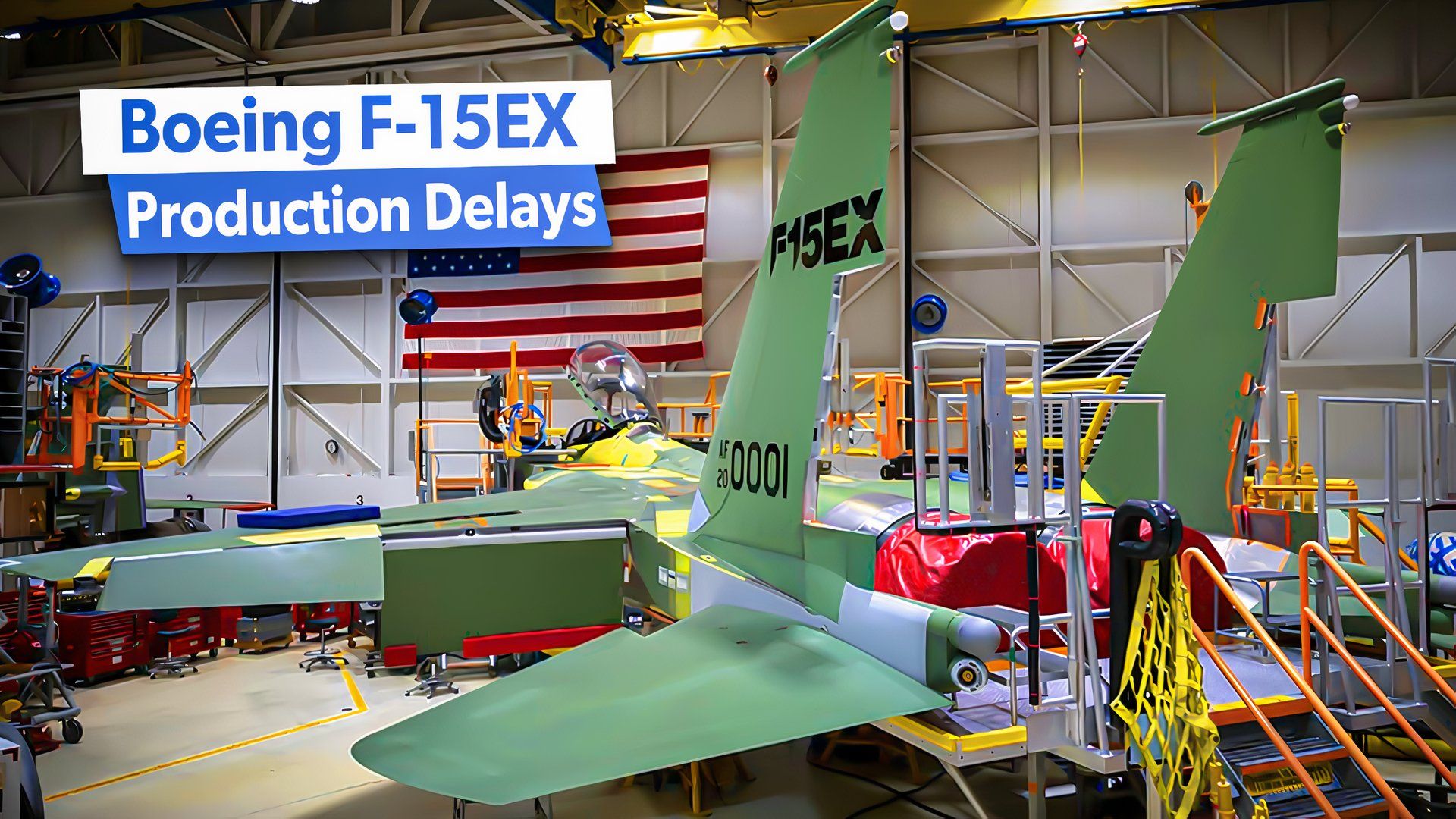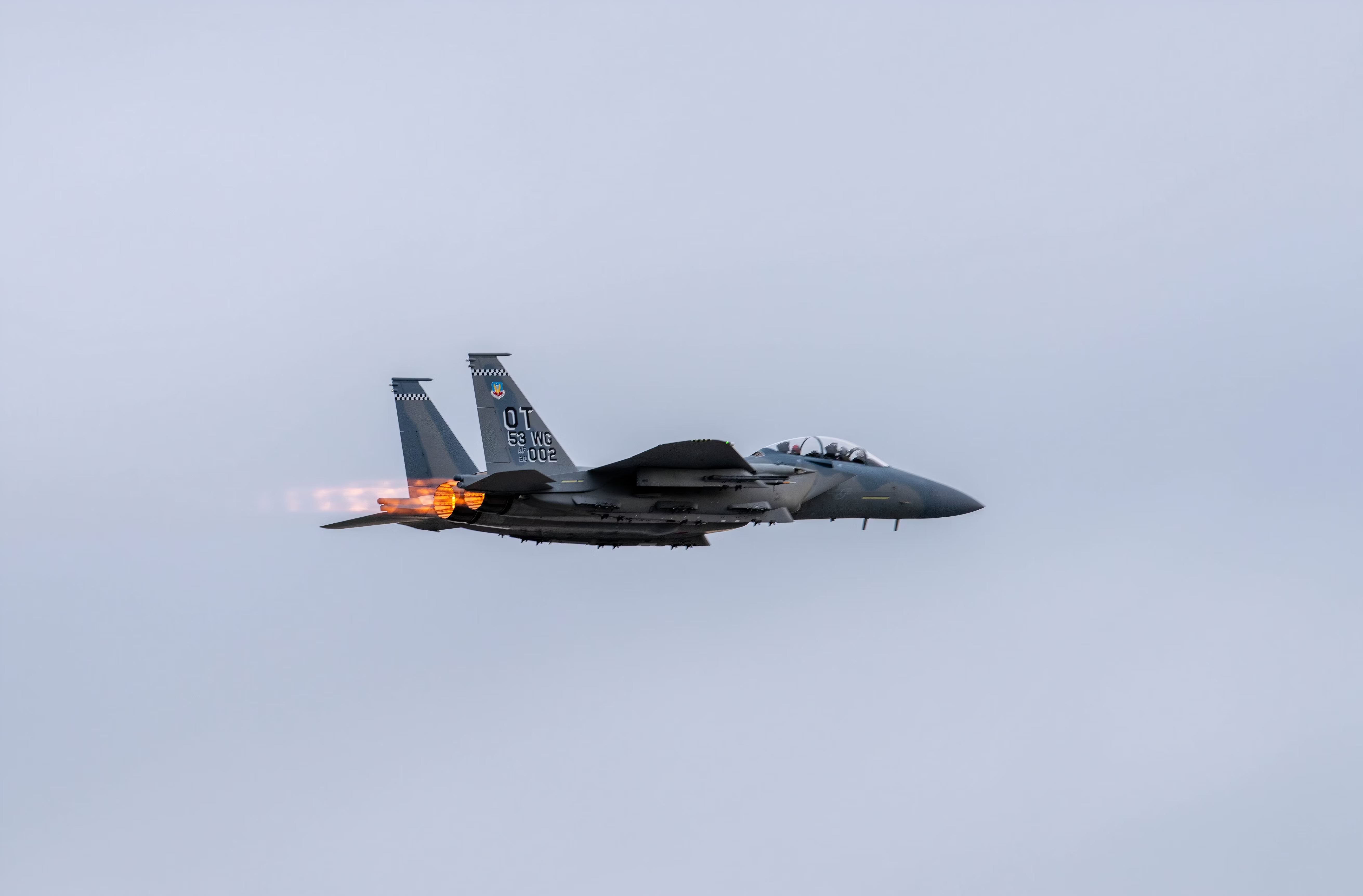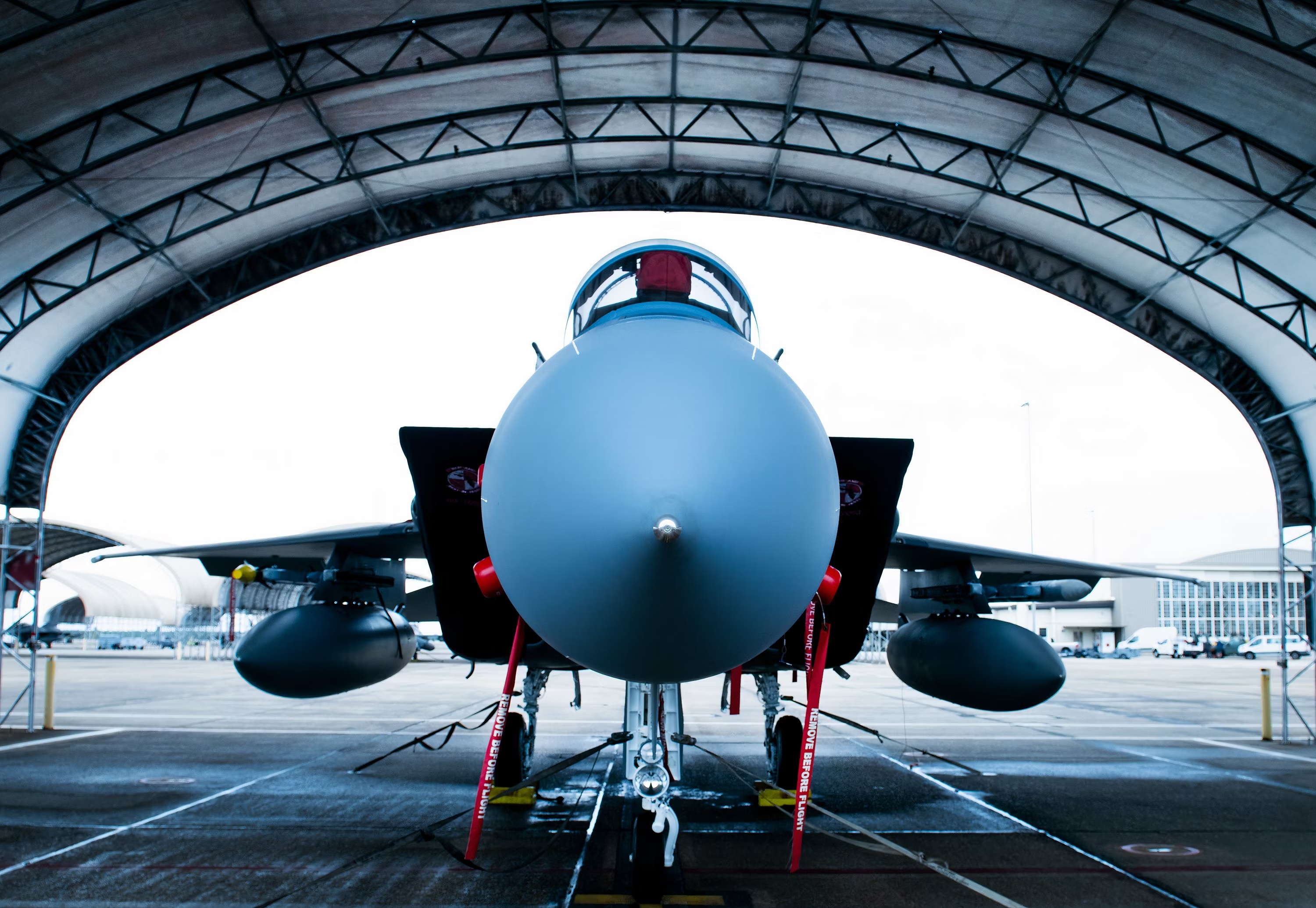Earlier this year, Boeing’s F-15EX Eagle II production line in St. Louis, Missouri, was disrupted due to problems encountered by parts supplier GKN Aerospace. A leading company in the aerospace industry, with facilities in 12 countries, wants to close a factory that manufactures parts for the Boeing F-15EX Eagle II.
The plant has struggled to make a profit despite investing around $80 million in the Hazelwood, Missouri, factory and moving the production of parts critical to the F-15EX Eagle II. In December 2022, Boeing filed a lawsuit against GKN Aerospace’s parent company, Melrose Industries. In the lawsuit, the American planemaker accused the United Kingdom-based company of failing to supply parts critical to producing the F/A-18 Super Hornet and F-15EX “Eagle II.”
Boeing buys the GKN Aerospace facility in Missouri
In its defense, GKN Aerospace said that despite making a significant investment in the company, it continued to lose money and had decided to close the facility and lay off 700 workers. For Boeing and the Biden administration, keeping the factory open was critical not just for the United States Air Force (USA) but for Boeing and the nation’s best interests.
Looking to replace its aging fleet of 16 F-15C and 11 F-15D aircraft in 2023, Israel placed an order for 25 Boeing F-15EX Eagle IIs with an option for a further 25 aircraft. In addition to this, the Jewish State wants to purchase modification kits and other parts in a deal valued at around $18.82 billion.
Photo: USAF
It appears that everything is back on track after Boeing agreed to purchase the GKN Aerospace Hazelwood, Missouri plant and retain 550 of its workers. In a statement talking about the acquisition of the facility, Boeing Defense, Space & Security senior vice president & chief operating officer Steve Parker said:
“Boeing is growing across the region with a healthy backlog of current programs while also seeking future opportunities. This agreement allows us to not only deliver for our customers but also gives the highly skilled GKN workforce the opportunity to bring their immense talents to bear in support of the warfighter and the St. Louis defense and aerospace industry. This is a win-win-win for those employees, Boeing, and the broader St. Louis community.”
Several Air National Guard squadrons have received the Boeing F-15EX
On July 12, 2024, a year later than planned, the 142nd Wing of the Oregon Air National Guard received its first two operational F-15EX Eagle IIs. The new, upgraded F-15EXs will replace the 142nd’s aging F-15C Eagle models and feature advanced radars, sensors, and modern software. Under the command of the North American Aerospace Defense Command (NORAD), the 142nd’s role is to provide air superiority from the California border to Canada. Other Air National Guard units to receive the F-15EX are the 159th Fighter Wing in Louisiana and the 144th Fighter Wing in California.
Why the Boeing F-15EX Eagle II came to be
Initially, the United States Air Force (USAF) expected to receive 750 Lockheed Martin F-22 Raptors to replace its fleet of F-15 Eagles. Designed to be an all-weather air superiority tactical fighter, the twin-engine stealth fighter was considered excessively expensive, so rather than deliver 750, the number was cut to 381. In 2009, due to political opposition and the development of the more versatile Lockheed Martin F-35 Lightning II, the number was cut again to 195, with the last aircraft delivered to the USAF in 2012.
The 95 new fighter jets were far from the 750 the USAF was hoping to get, and with a fleet of aging planes, a compromise needed to be found. Eventually, after years of discussion, the Air Force and Boeing decided that a solution would be a new aircraft modeled on the F-15 Eagle. Since the McDonnell Douglas F-15 entered operational service with the USAF in January 1996, it has proved itself in any conflict it has been involved in, with 104 kills and no losses.
During its discussions, the USAF told Boeing that it was not opposed to a new variant of the F-15, but the aircraft needed to have the following improvements:
- Able to operate at a higher altitude
- Fly faster than existing F-15s
- Have a greater operational range
- Be able to carry larger payloads
- Be able to carry new munitions
Due to the low number of F-22s and delays to the F-35 program, if the USAF were to retain an adequate number of air superiority fighters, a solution needed to be found. Ultimately, the USAF and Boeing agreed on the Boeing F-15EX Eagle II. The first Boeing F-15EX Eagle II was delivered to the US on March 21, 2021, and flown to Elgin Air Force Base on the Florida Panhandle.
Photo: USAF
After completing operational flight testing and weapons separation tests, the Boeing F-15EX Eagle II participated in Exercise Northern Edge in the Gulf of Alaska in May 2023. Then, it participated in Operation Combat Hammer, held at Elgin Air Force Base each August.
Specifications and general characteristics of the Boeing F-15EX Eagle II
|
Crew |
1 or 2 (pilot and weapon systems officer) |
|
Length |
63 feet 9.6 inches |
|
Wingspan |
42 feet 9.6 inches |
|
Height |
18 feet 6 inches |
|
Wing area |
608 square feet |
|
Empty weight |
34,600 lbs |
|
MTOW |
81,000 lbs |
|
Powerplant |
2 × General Electric F110-GE-129 turbofans with afterburners |
|
Maximum speed |
Mach 2.5 at high altitude and Mach 1.2 at low altitude |
|
Combat range |
681 nautical miles |
|
Ferry range |
2,100 nautical miles |
|
Service ceiling |
60,000 feet |
|
G-limits |
+9 |
|
Rate of climb |
50,000 feet per minute |



